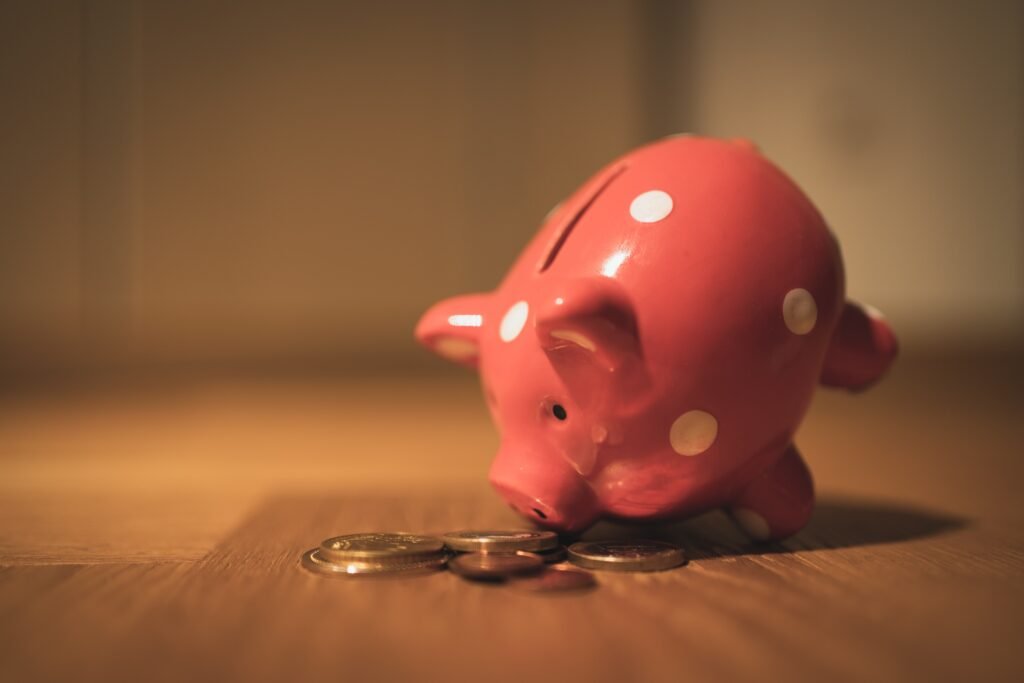Have you been thinking lately that you should start investing and saving up for retirement? Maybe you have been asking yourself if it is too late to start? Or should you start now? Well the answer is no, its not too late! In fact, the best time to start is now!
When you think of investing, you probably imagine putting all your money into the latest stocks and hoping it goes up. For most, investing in individual stocks is the worst way that you can start investing. Unless you want to donate your money to the market. For the average person the best way to start investing is not going to be near as exciting as you were probably thinking. Investing actually compares more to watching paint dry than anything. It is a slow process that will pay off over time. It takes a lot of patience and discipline to be a successful investor. Here are my five steps I recommend to start investing. As you can see, they are pretty simple, boring steps. But they are necessary to build a proper financial foundation!
- Pay off high interest rate debt
- Set up an emergency fund
- Start maxing out your employer 401k
- Save up for riskier investments
- Let your money grow
Pay off high interest rate debt
Nowadays you get bombarded with new investment opportunities. Maybe your favorite Youtuber is promoting their new crypto coin, or your cousin is talking about their new favorite stock. No matter what it is, you should avoid actually investing until you have paid off high interest rate debt. Consider credit card debt for example. The average interest rate on credit cards is 24%. That means for every $1000 of credit card debt you have, you are paying roughly $20 per month in interest. Paying off this debt is like getting an automatic and guaranteed return of 24%. Try getting that in the stock market.
There are a few different approaches you can follow depending on your situation. If you have a few high interest rate payments you can start chipping away at the highest interest rate debt, or knock out a few smaller debts that are also high interest first. This is called the snowball method. Let’s say you have a $1000 credit card at 24%, a $15000 car loan at 8%, and a $5000 credit card also at 27%. Using the snowball method you would put all your efforts to knocking out the $1000 credit card first. Then, you could take the money you used to put towards that payment and start knocking out the other credit card. The main benefit to the snowball method is that you can get the mental boost of knocking out an entire debt. Then you can put more of your money towards the principle on the next debt. This will help to relieve you of the stress from a lot of small payments. But, depending on your situation this may or may not be the most effective way to eliminate your high interest rate debts.
I also want to stress that not all debt is necessarily bad debt. The general rule of thumb is anything over 5% should be paid off. But again, depending on your situation you may be ok to keep your car loan, or a small interest rate personal loan.
Set up an emergency fund
I know, so far these have been boring answers, but they are crucial in building the a strong financial base. Imaging investing next months rent in the stock market. What are you going to do if the market doesn’t go in your favor? That is why is it critical to first pay off high interest rate debt. Then the next step is to save up an emergency fund. The whole point of the emergency fund is to help you through tough times. The emergency fund helps prevent having to sell your investments at a loss. What if you lose your job? Or, what if your car breaks down? Trust me, you do not want to have all of your money tied up in investments. Investments need time to grow, and an emergency fund helps buy you that time should an emergency happen. Start by figuring up what your monthly expenses are. Take into account both your mandatory bills like a mortgage, car payment, and insurance. Then include other expenses like gas, food, and subscriptions. Try and save up one month of expenses, then aim for 3 months, and finally six months. Now that you have an emergency fund, you can get to the fun part, investing.
Don’t feel like you have to stop at 6 months either. The more you have in an emergency fund, they more time you can buy should something happen. Imagine if you had enough saved up for 2 years of expenses. Now, imagine that you lost your job and decided to pursue your dream of starting your own business. You would be able to buy yourself 2 years and wouldn’t even have to change your lifestyle. A proper emergency fund can save you a lot of stress, that is why this is my second step!
Start maxing out your employer 401k
Now, while the 401k is not the best investment vehicle; it is a great place for the average person to start. Plus, a lot of employers with do a dollar for dollar match up to a certain percentage. This means that you are guaranteed to double your money. You can also take the 401k with you when you switch employers. Once you have done this step you can move on to personal investments. These are generally riskier.
Save up for riskier investments
Now that you have maxed out your employer 401k, you can start saving up for riskier investments. You can dive into the world of real estate, Roth IRA’s, stock, bonds and more. Now that you have a good financial base, you can decide what your risk appetite is. There are countless ways to build an investment portfolio. All it takes is a little googling, or reading the Uncharted Finance blog, and you can dive into just about anything. Just make sure that these riskier investments are done with money that you can afford to lose, and won’t jeopardize any of the above steps!
Let your money grow
Now, you can enjoy the effects of compound interest. It may seem like a daunting task, and a very slow process. But, if you are diligent over the next 20 or 30 years you will really start to see your efforts pay off. The process of investing is a long road, but is also a relatively simple process. All it takes is patience and discipline. You do not have to be an investing genius if you are diversified over real estate and the general market. The market historically goes up over long periods of time. The most important thing is that you stay with the program. Avoid high interest rate debt, keep an emergency fund that matches your changing lifestyle, and then start investing your money!



An intriguing discussion is worth comment. I do think that you should publish more on this topic, it might not be a taboo subject but generally people dont speak about such subjects. To the next! Cheers!!
It’s appropriate time to make a few plans for the longer term and it is time to be happy.
I’ve learn this submit and if I may I wish to recommend you some interesting issues or tips.
Maybe you could write subsequent articles referring to
this article. I desire to read even more issues approximately it!